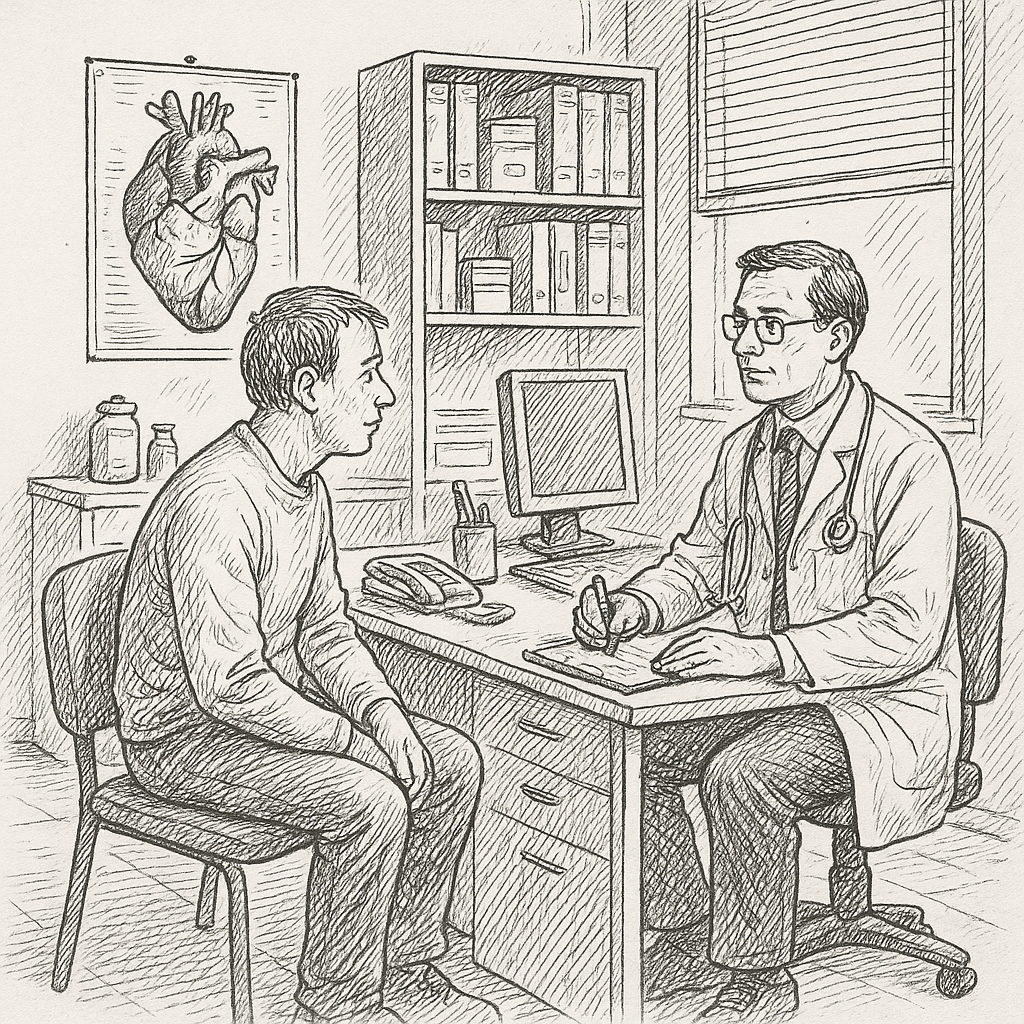Living with HOCM: A Mid-Year Update

Back in March, I had my six-month checkup with my cardiologist. I told him I was feeling tired and fatigued all the time, more than usual. I thought it might be the medication. My last echocardiogram in August 2024 had shown some improvement, and my PVCs (premature ventricular contractions) were down. So I figured it was just the burden of the meds.
At the time, I was taking Metoprolol 100mg ER twice a day and Diltiazem 240mg ER once a day. My heart had been doing okay. The few times I went into AFib, the episodes were short. Sometimes just a minute or two, long enough for me to catch it with my Galaxy Watch 6 Classic or my Kardia device, and then it would stop. These episodes only happened maybe every other month.
Still, the fatigue concerned both my doctor and his resident. They recommended I see a specialist at Tampa General Hospital, which USF Health is now integrated with. I made the appointment and went in on May 30, 2025.
At that visit, the specialist said I was a good candidate for a drug I had already been following for a while. It’s called Mavacamten, sold under the brand name Camzyos. It has only been available in the United States for a few years. I started taking it last month. My echocardiogram just before that appointment showed a Valsalva gradient of 100 mmHg. A normal reading is typically below 30 mmHg, and anything above 50 mmHg is considered obstructive.
On Friday, July 18, I had my first follow-up echocardiogram and visit with the doctor. He asked how I was feeling, and I told him the truth. I don’t really notice much yet, other than my heart rate sometimes being a little fast when I try to sleep. The good news is that my PVCs have almost disappeared.
He reminded me that it may take 8 to 12 weeks to really feel or see significant improvement. This medication is meant to ease the symptoms of my condition, but it is not a cure.
I also wore a 2-week Holter monitor during this time. It didn’t show anything too concerning for PVCs, but it did catch a significant SVT load. For now, we’re going to keep an eye on it. I have a cardiac MRI scheduled in September to check for any scarring, and we’ll reevaluate then.
He told me the medicine is starting to work. My Valsalva gradient dropped from 100 mmHg to about 50 mmHg, an improvement of nearly 50 percent. That means my body is now receiving better oxygenated blood. That was encouraging. He asked if I was having any side effects. Other than the same fatigue and the faster heart rate at night, I haven’t noticed anything unusual.
He ordered a full prescription. Without a copay card, it would have cost me $250 a month, even with insurance. Thankfully, I have the copay card, so I only pay $10 a month. The actual cost to my employer (we are self-insured) is over $8,000 a month for a 30-day supply. The capsule is just slightly bigger than a grain of rice. Incredible, right? It makes me truly grateful for financial support programs and insurance that help cover treatments for a rare, yet commonly underdiagnosed, genetic heart condition.
Still, the results speak for themselves. A 50 percent improvement is something to be thankful for. I also know that starting a drug like Camzyos is a big step, but right now, I would much rather take a medication that I can stop if needed, with little to no long-term consequences, than face surgery. One option would be alcohol septal ablation. The other, more invasive route, involves literally stopping the heart during open-heart surgery and cutting away the thickened part of the muscle, then hoping my heart restarts normally. That is a path I would prefer to avoid if possible, as both are permanent and the medication is not.